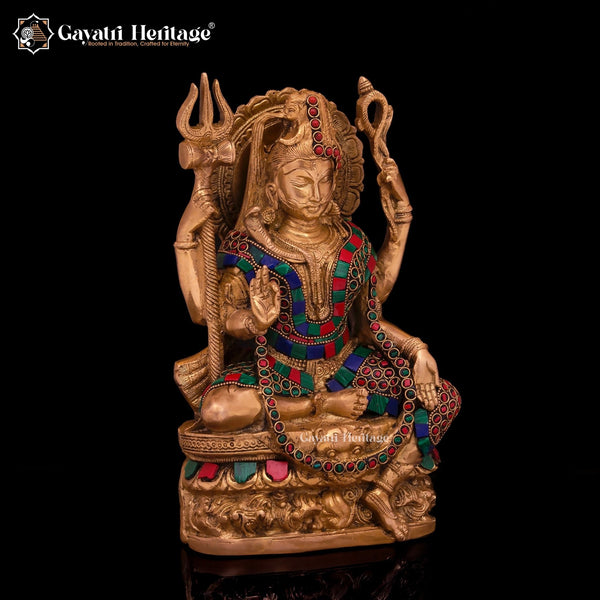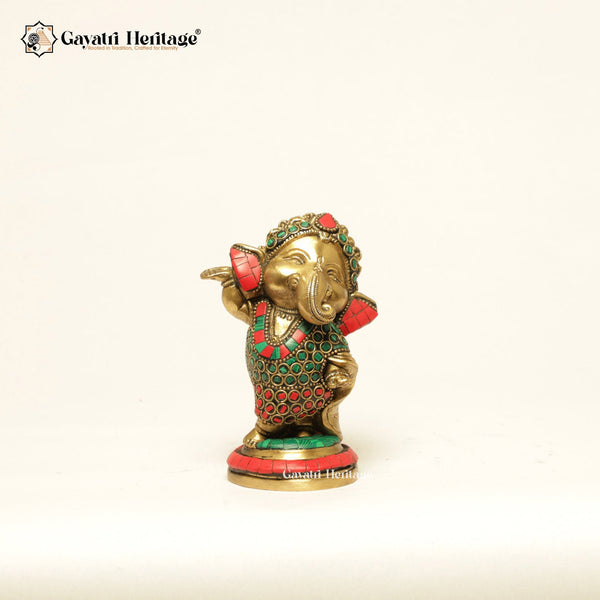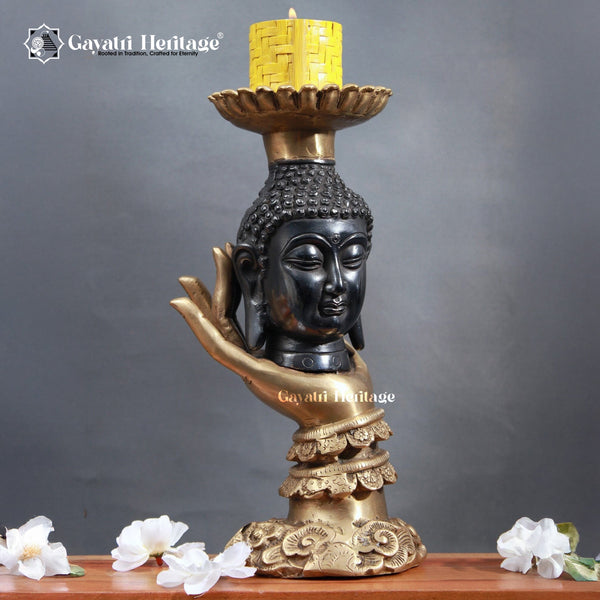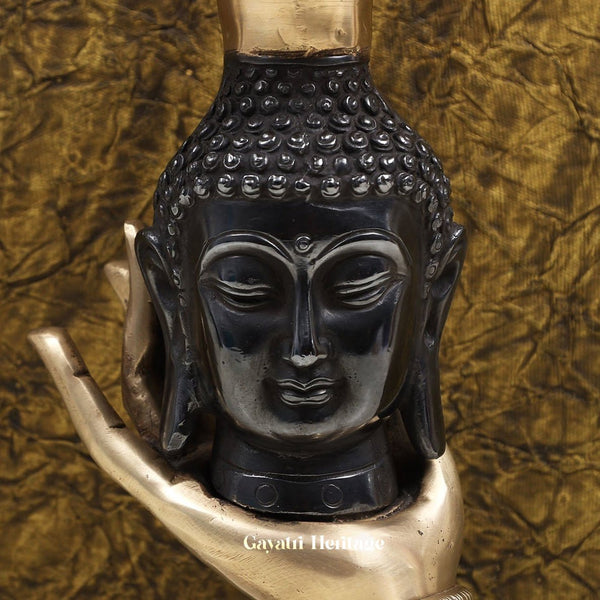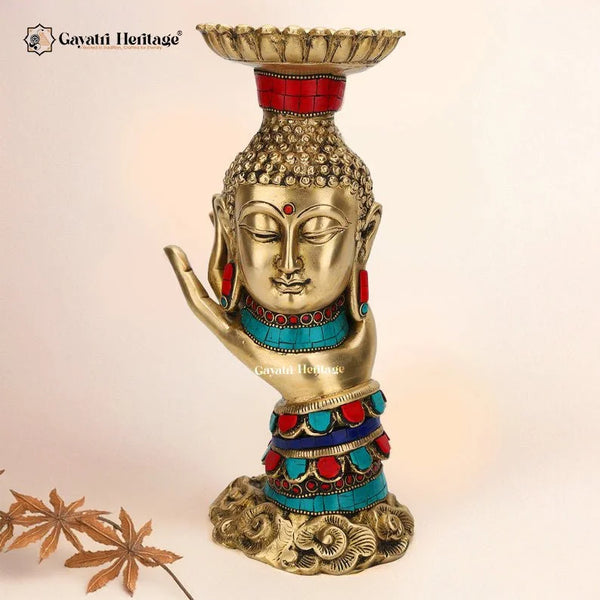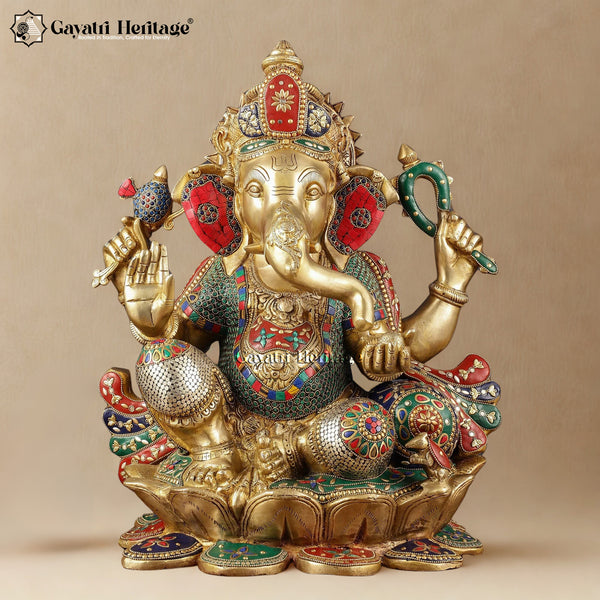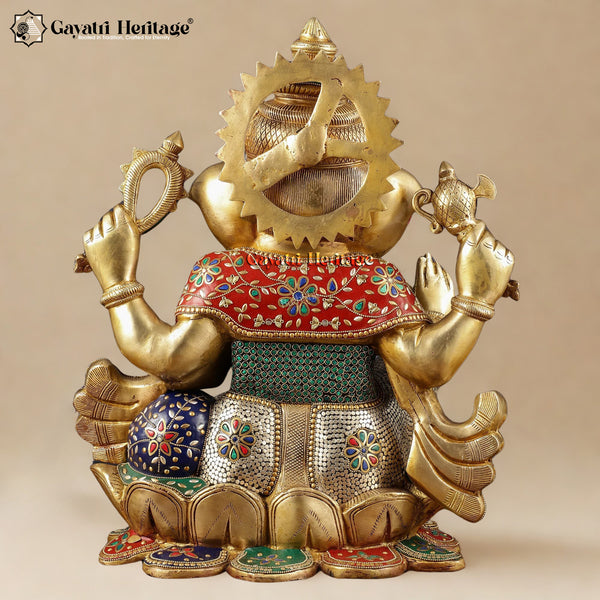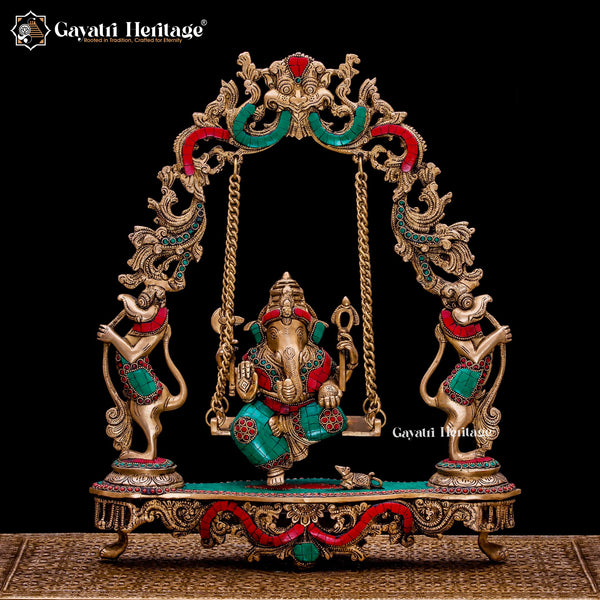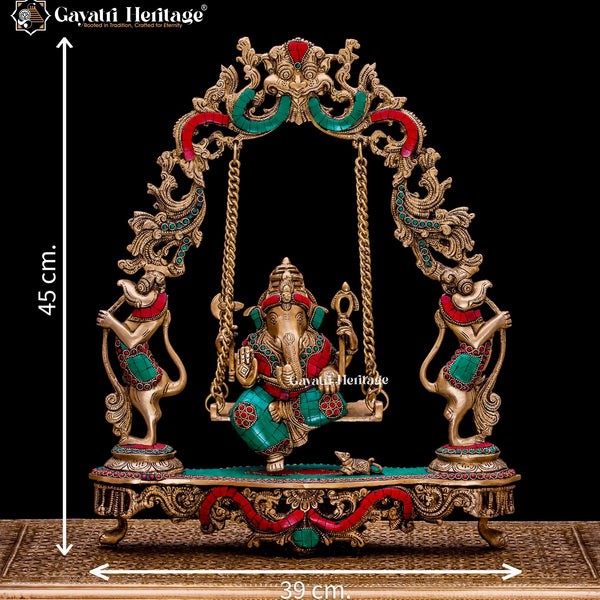Buddhism is one of the most practiced religions in the world, with millions of followers spread across the globe. The figure at the heart of this faith is the Buddha, who is revered not only as a spiritual leader but also as a philosopher, teacher, and guide. But who exactly was Buddha? And how did his teachings shape the course of history? In this blog, we explore the life of Siddhartha Gautama, the man who would later come to be known as Buddha, and delve into the core principles of his teachings that continue to inspire countless people to this day.
The Birth of Siddhartha Gautama
Siddhartha Gautama was born around the 6th century BCE in Lumbini, which is now part of modern-day Nepal. According to tradition, Siddhartha’s birth was marked by extraordinary events, including a prophecy by an oracle that he would either become a great king or a revered spiritual leader. His father, King Suddhodana, ruled the Shakya clan and was determined that his son would inherit his throne. To ensure this, the king shielded Siddhartha from all forms of suffering, keeping him confined to the palace with an environment of luxury and pleasure.
Despite being surrounded by wealth and comfort, Siddhartha’s curiosity about the world beyond the palace walls grew. At the age of 29, he ventured out of the palace and encountered four sights that would change his life forever: an old man, a sick man, a dead man, and a monk in meditation. These experiences made him realize that life is filled with suffering, aging, illness, and death. Moved deeply by these revelations, Siddhartha decided to leave his life of privilege and embark on a quest for truth and enlightenment.
The Search for Enlightenment
Siddhartha renounced his royal heritage, leaving behind his family and the comforts of palace life. He became an ascetic, seeking wisdom through extreme practices such as fasting, meditation, and self-mortification. For several years, he wandered from place to place, learning from various teachers and embracing harsh spiritual disciplines. However, Siddhartha eventually realized that neither luxury nor extreme asceticism would lead him to enlightenment.
One day, while meditating under a Bodhi tree in Bodh Gaya, Siddhartha experienced a profound spiritual awakening. After days of intense meditation, he achieved enlightenment and understood the nature of suffering, the path to its cessation, and the truth about life, death, and rebirth. He was no longer Siddhartha, the prince; he had become the Buddha, meaning "The Enlightened One."
The Four Noble Truths
At the heart of Buddha's teachings are the Four Noble Truths, which lay out the foundation for understanding human existence and the path to freedom from suffering:
-
The Truth of Suffering (Dukkha): Life is filled with suffering, whether it's physical pain, emotional turmoil, or existential dissatisfaction. Even in moments of pleasure, suffering is present because everything is impermanent.
-
The Truth of the Cause of Suffering (Samudaya): Suffering arises from craving or attachment—our desires for things to be different, our longing for pleasure, and our aversion to pain. This attachment creates a cycle of dissatisfaction.
-
The Truth of the End of Suffering (Nirodha): By relinquishing attachment and desires, we can end suffering. The cessation of suffering is possible, and this state is referred to as Nirvana—freedom from the cycle of birth, death, and rebirth.
-
The Truth of the Path to the End of Suffering (Magga): The path to ending suffering is through the Eightfold Path, a practical guide to living with wisdom, ethical conduct, and mental discipline.
The Eightfold Path
The Eightfold Path is divided into three essential practices: wisdom (Prajna), ethical conduct (Sila), and mental discipline (Samadhi). These eight components are:
- Right View: Understanding the Four Noble Truths and the nature of reality.
- Right Intention: Cultivating intentions of renunciation, goodwill, and harmlessness.
- Right Speech: Speaking truthfully, kindly, and without harmful words.
- Right Action: Acting in a way that is morally upright, avoiding harm to others.
- Right Livelihood: Earning a living in a way that does not harm others or the environment.
- Right Effort: Making a conscious effort to develop good qualities and eliminate unwholesome states.
- Right Mindfulness: Developing awareness of thoughts, feelings, and actions in the present moment.
- Right Concentration: Practicing meditation to cultivate a deep, focused mind.
Buddha’s Legacy
After attaining enlightenment, Buddha spent the rest of his life teaching others the path to liberation. His followers, known as monks and nuns, spread his teachings throughout ancient India and beyond. The Buddha’s message of compassion, mindfulness, and non-attachment resonated deeply with people from all walks of life, including those who were suffering from poverty, illness, and social oppression.
The Buddha passed away at the age of 80, leaving behind a profound legacy that would go on to inspire millions. Today, his teachings form the foundation of Buddhism, which has evolved into various traditions such as Theravada, Mahayana, and Vajrayana. Buddha’s insights continue to offer a path to inner peace and wisdom for individuals seeking to understand the nature of existence and transcend suffering.
Conclusion
Siddhartha Gautama, the Buddha, was not only a spiritual teacher but a beacon of hope for those seeking meaning in their lives. His journey from a privileged prince to a compassionate teacher exemplifies the transformative power of self-awareness, mindfulness, and the pursuit of enlightenment. The Buddha’s teachings remain relevant today, offering practical tools for cultivating wisdom, compassion, and peace in a world often filled with distractions and suffering.
Whether you are seeking to understand the essence of life or simply wish to find inner peace, the wisdom of Buddha remains an invaluable guide on the path to spiritual awakening.






